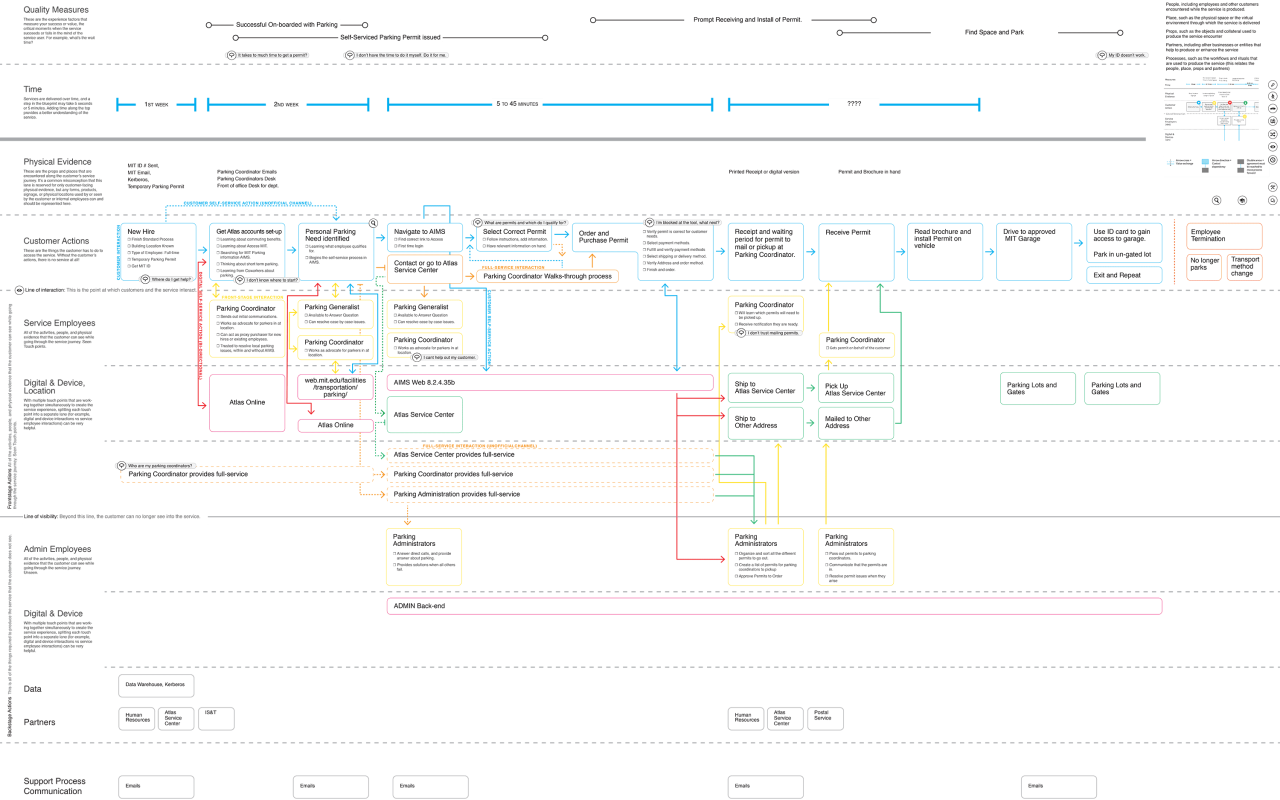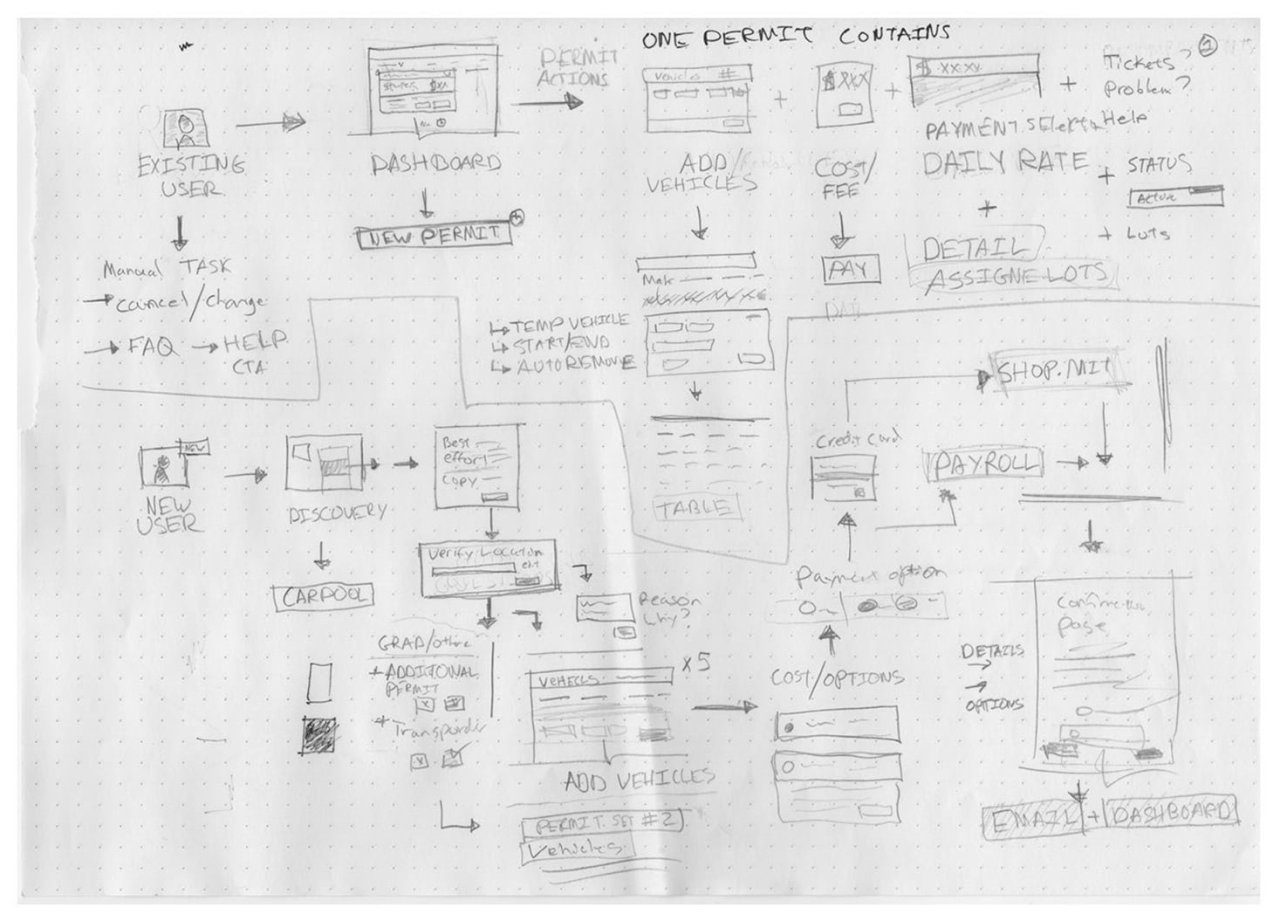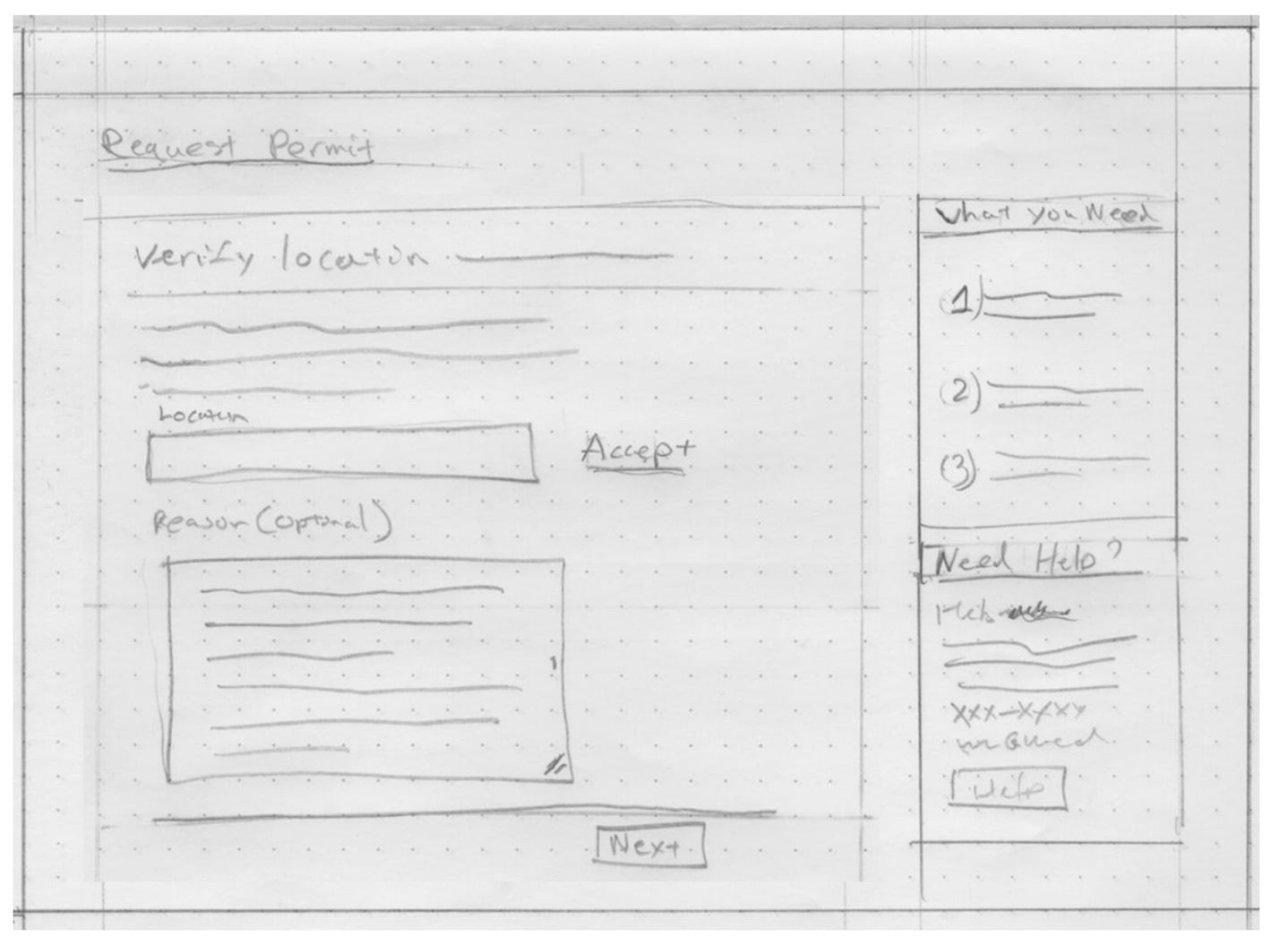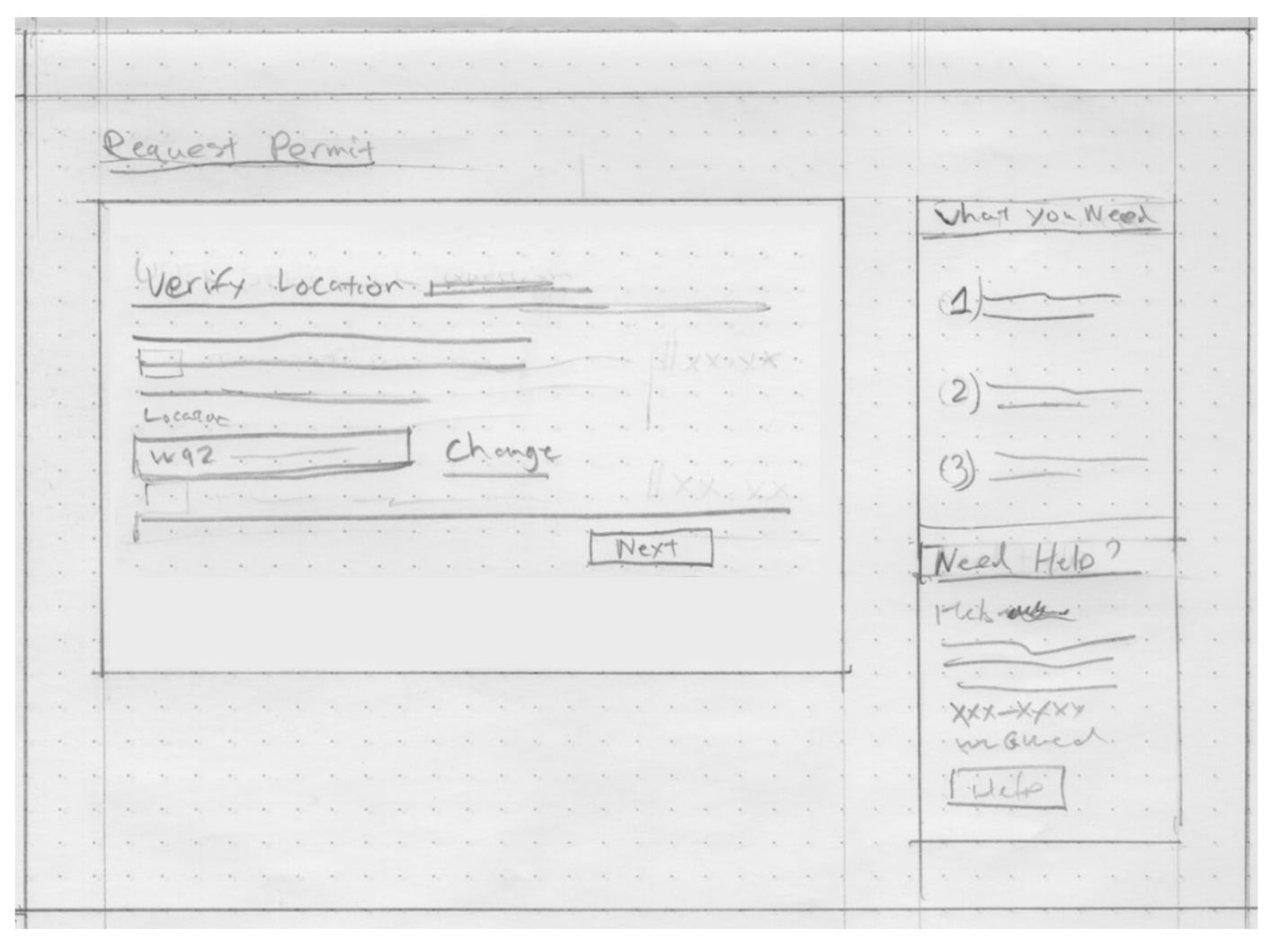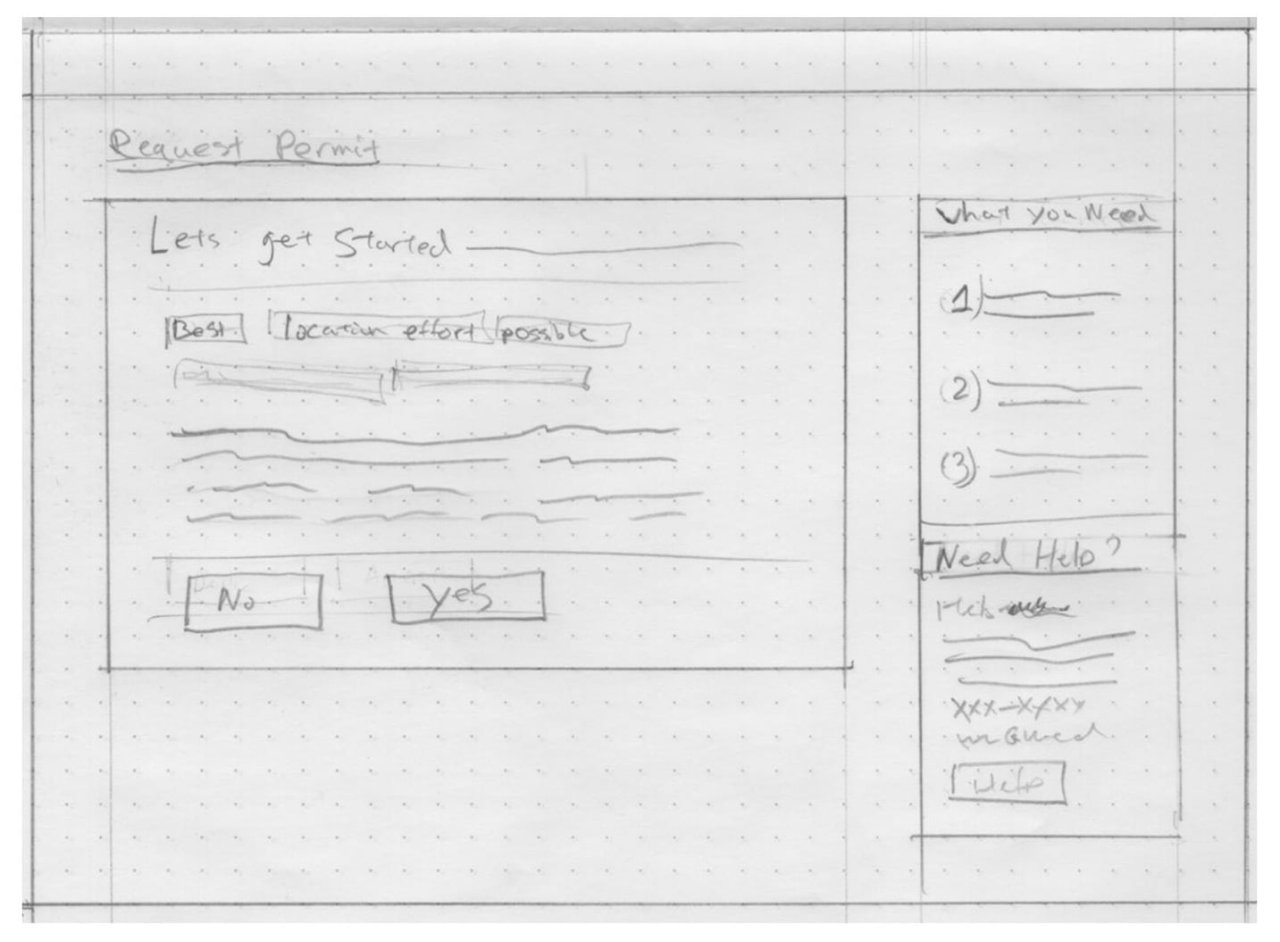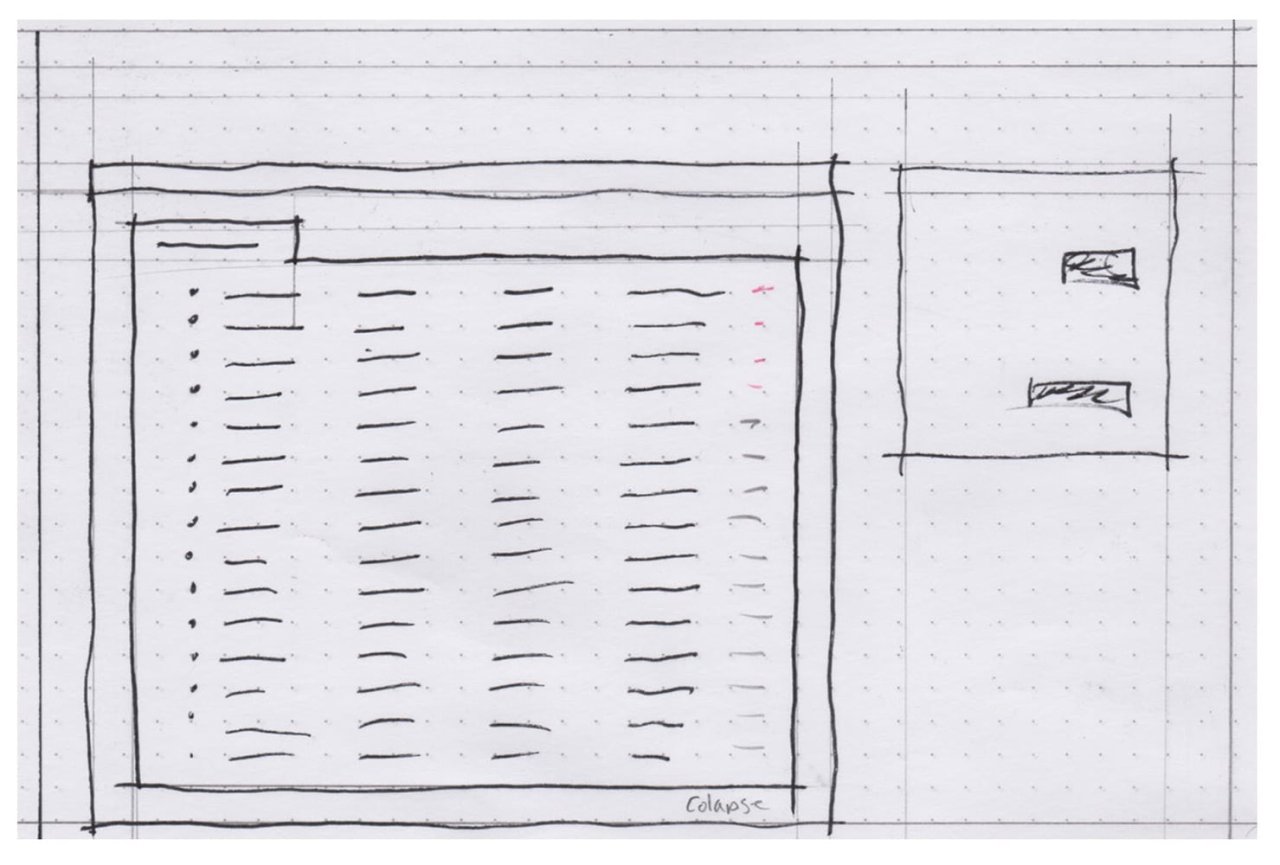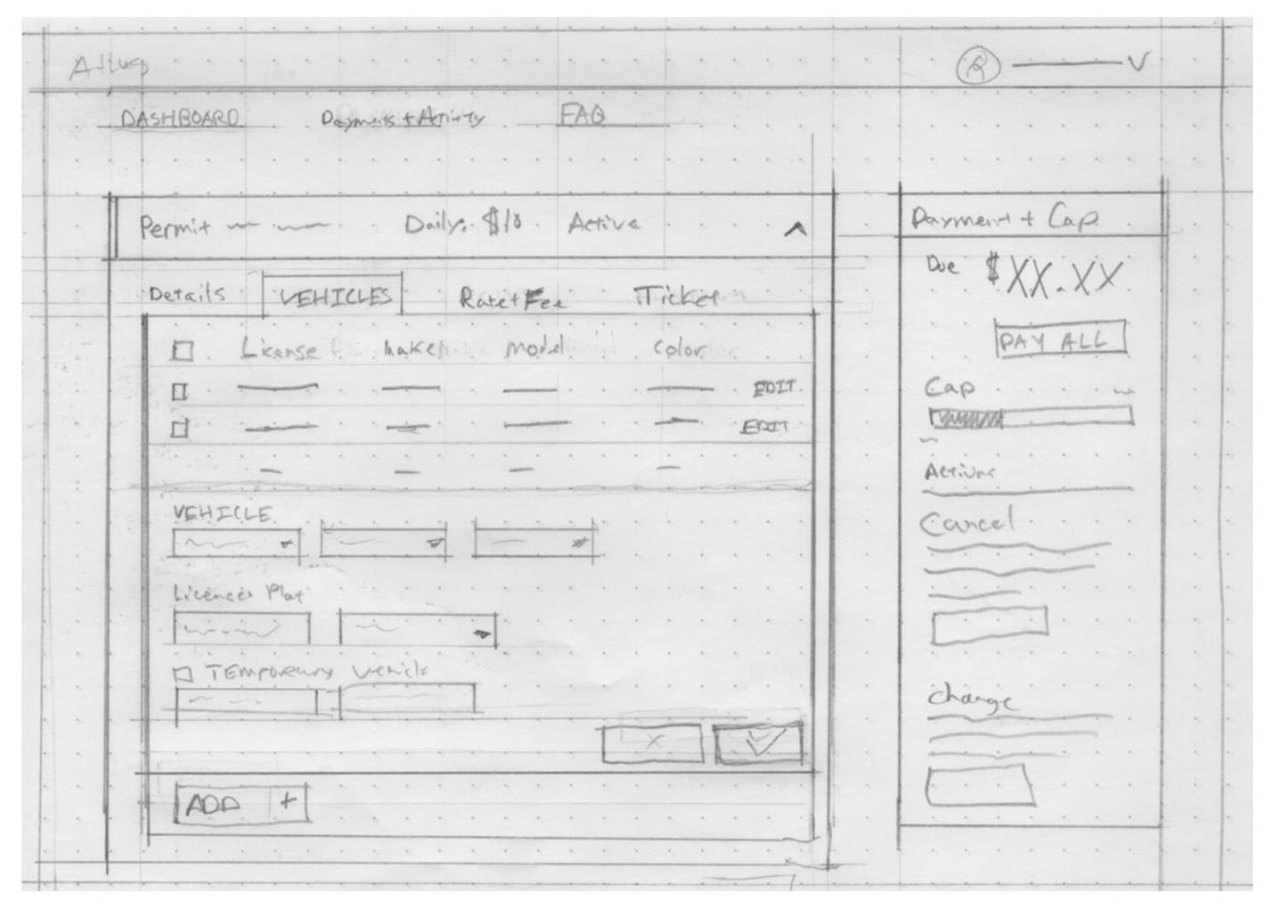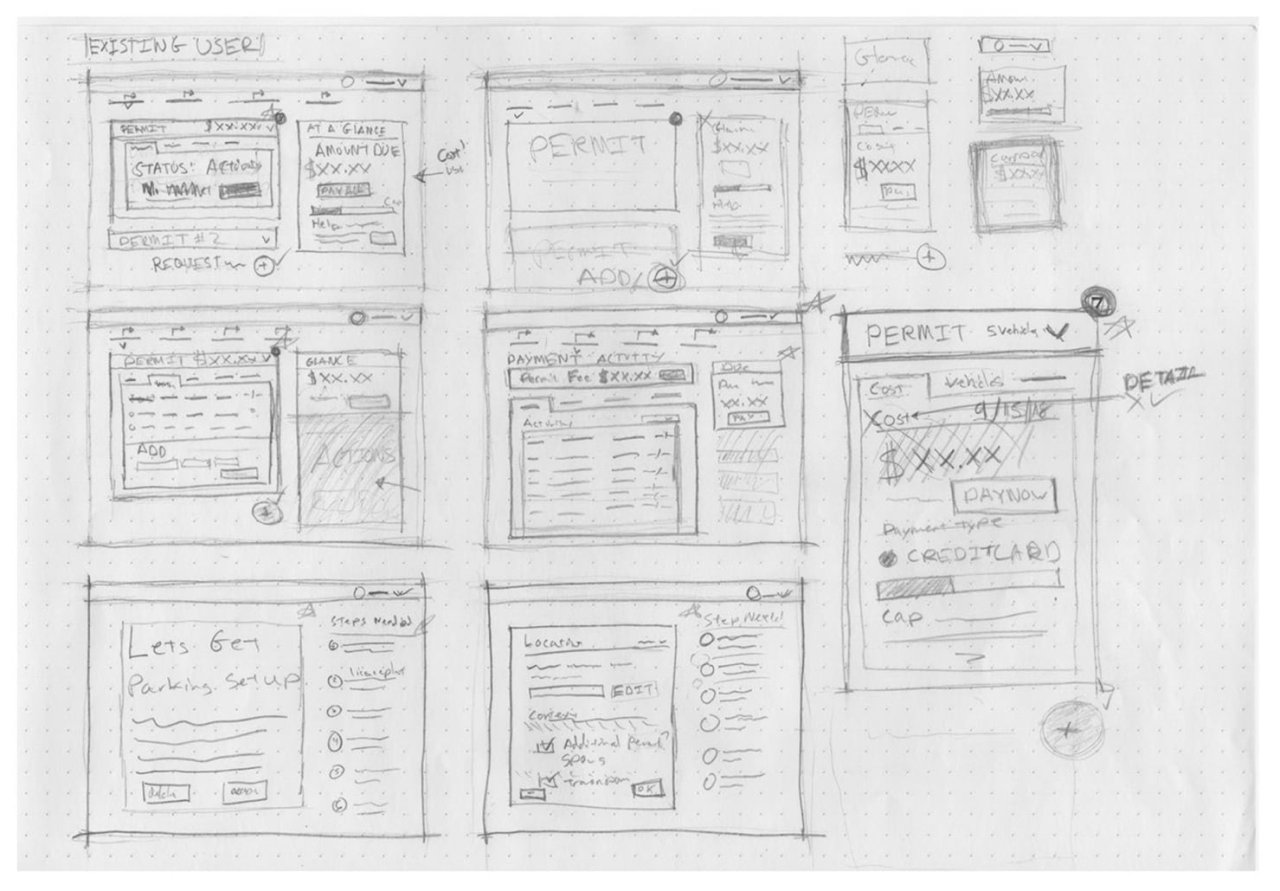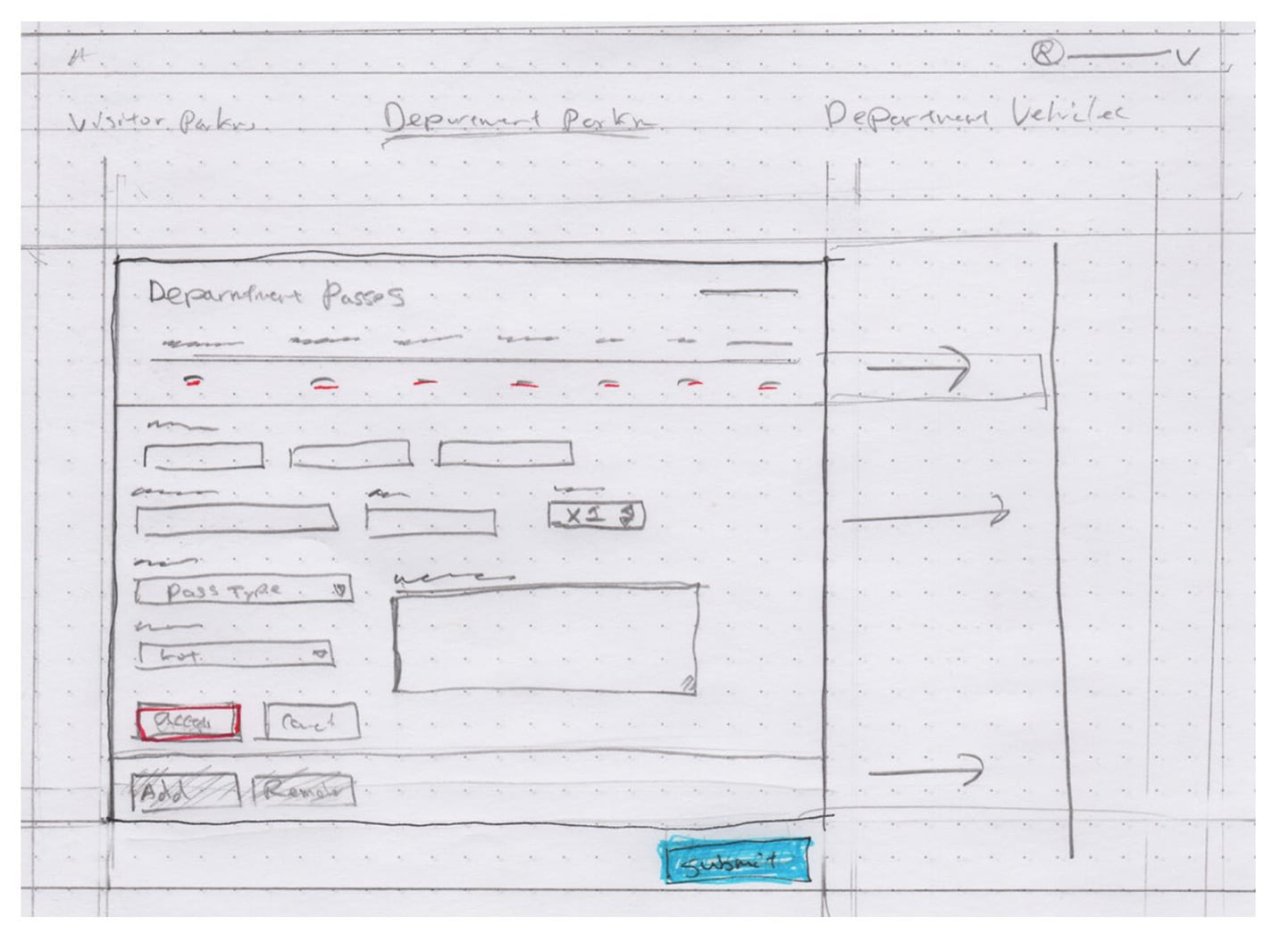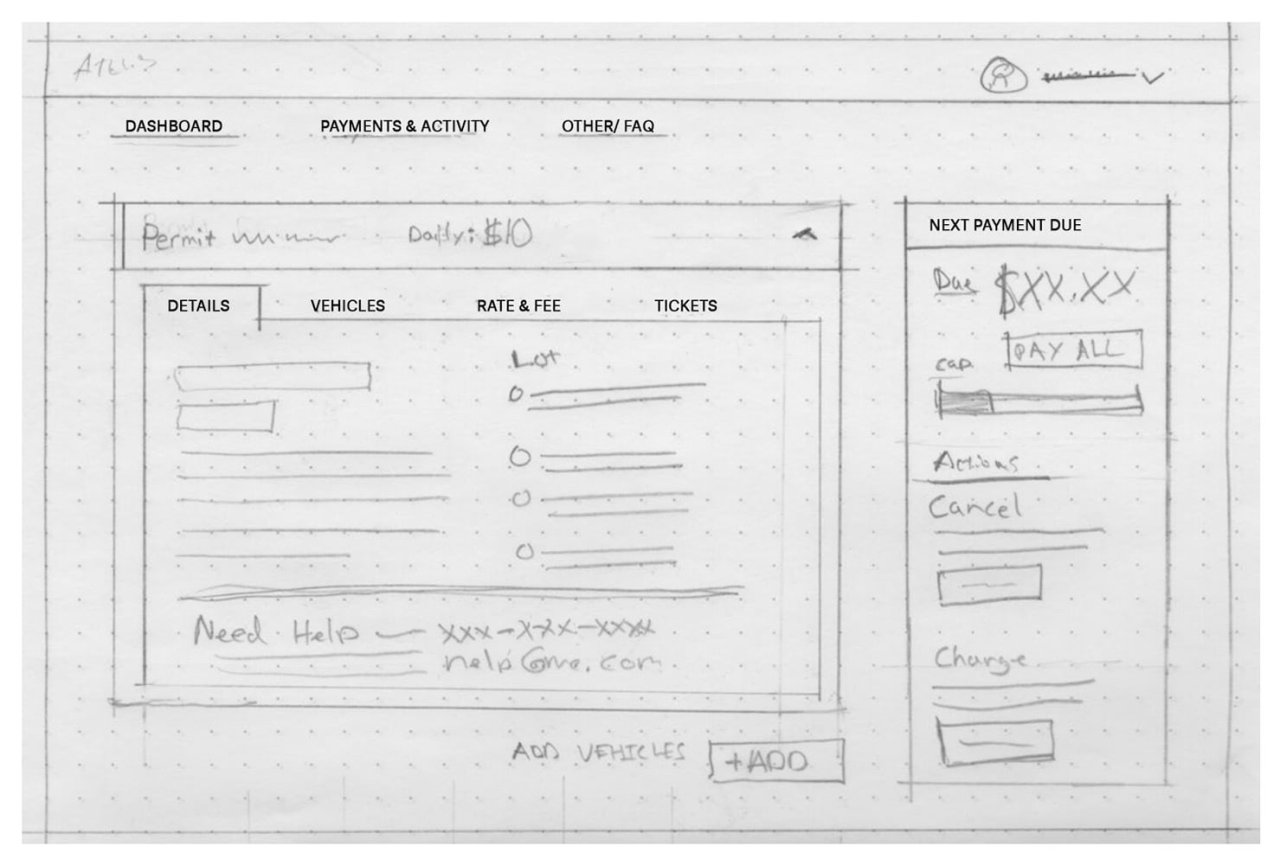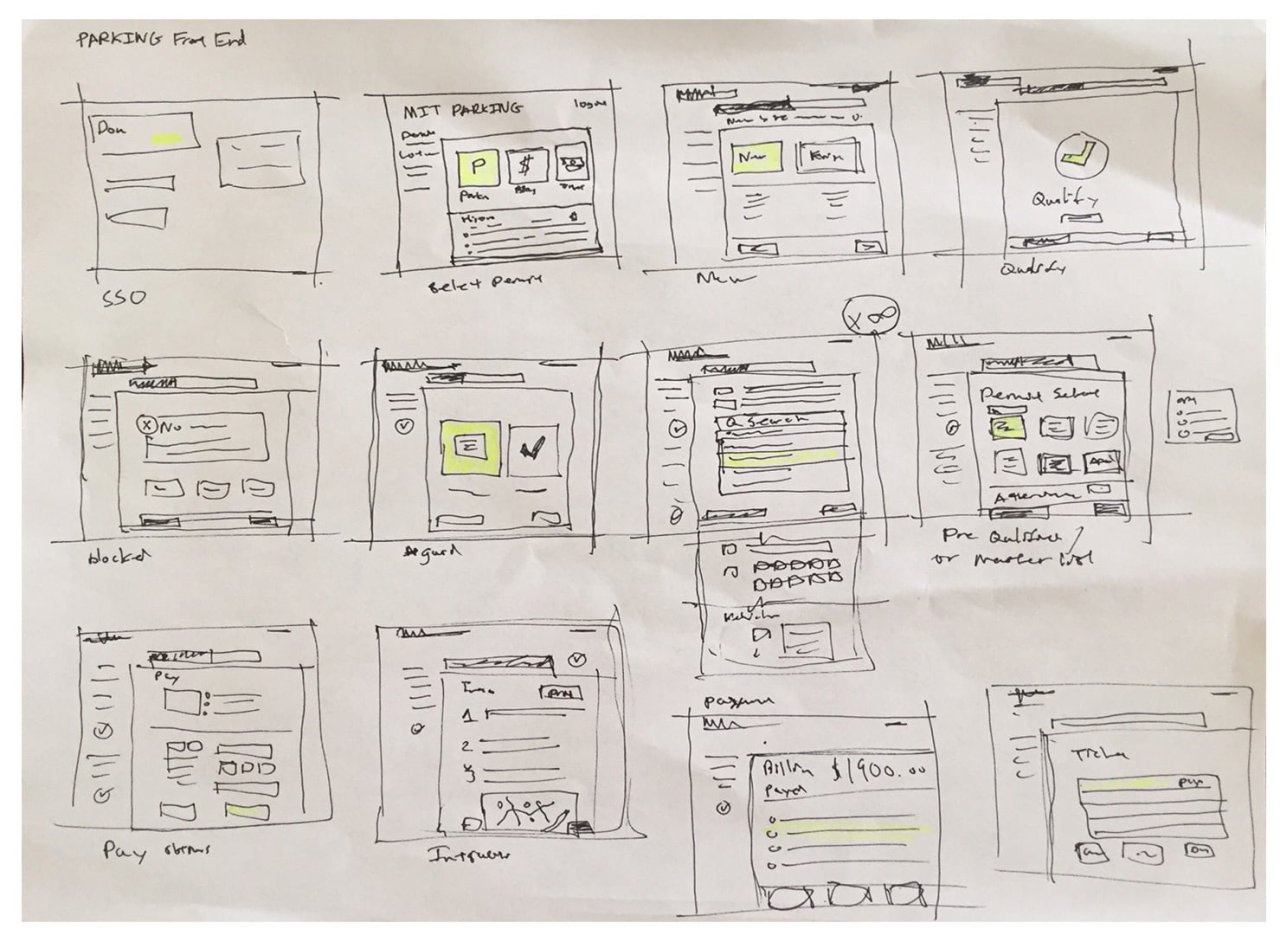Service Design for MIT
Attempting to navigate the heavily political waters of parking at Boston's premier research campus, and maybe make it better too.
-
On Behalf Of
- MIT
- IS&T
- MIT Community in Cambridge
-
Service Provided
Research Prototyping Problem Solving Design & Craft -
Year Active
April 16th, 2016 — March 16th, 2017 -
Deliverables
- Interactive Prototypes
- Research and Reports
- Service Blueprints
TLDR: While working at MIT, I was assigned a project to improve the complicated way people pay and get parking access at the MIT campus. The challenge touched every software system security system, every parking lot, how people engage with the parking department, learn where to park, and learn how to pay for parking with their pre-tax salary perks. This project all included the UI that people use to do all of these tasks. The exploration as I left it seemed promising. After all the research, three service themes emerged.
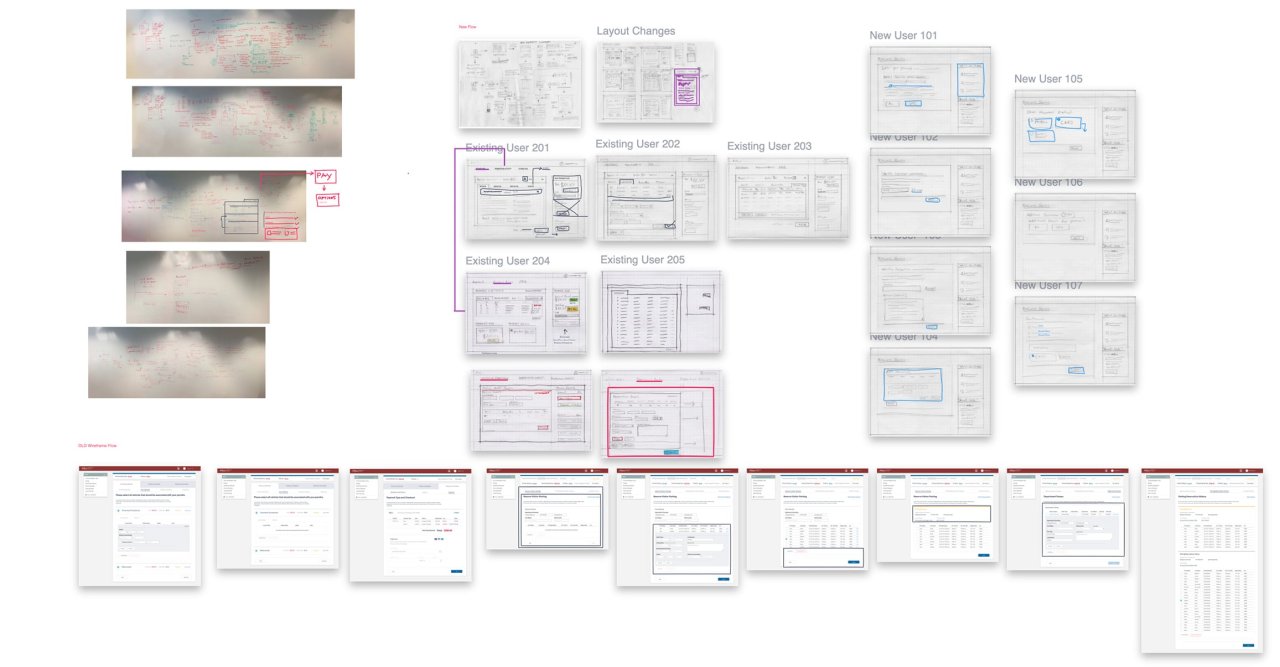
While working at MIT, I was assigned a project to improve the complicated way people pay and get parking access at the MIT campus. The challenge touched almost every campus operation. Operations like parking lot security systems, parking lot gates, how people engage with the parking department, learn where to park, and learn how to pay for parking with their pre-tax salary perks. This project all included the UI that people use to do all of these tasks. The exploration as I left it seemed promising. After all the research, three service themes emerged.
Below is a unedited summary of my finding.
Theme 1: On-boarding and Customer Engagement
What problem are we solving and why?
Problem: Customers don’t know where to get started with parking. Customers can’t find answers to their questions and don’t know where to get answers. Changes in parking policy are not effectively communicated to customers.
Parking at MIT requires parkers to follow a specific set of steps to gain access to parking lots and spots on campus. There are regulations about where you can park, what it will cost, and how your specific role and status affect your options. Theme 1 tries to addresses the path to success by educating, connecting customers to the right people, and answering questions about their options for parking. Currently, to access any one of these specific details has proven to be complicated. Customers are not finding the answers they need when they need them. Parking information on digital platforms and paper are fragmented, out of date, and wrong. There is no one-stop-shop for all of your parking needs.
Customers frustrated with the lack of answers, then seek out answers in person, asking questions to coworkers, departments outside parking, and other go-to sources of MIT knowledge. Frequently this does not suffice and the customer, not finding the answers they need, reach out directly to parking department leadership, sometimes skipping proper channels of service. Customers don’t know where to start or who to talk to first and this creates tension and increased strain on the parking department to answer all of these questions.
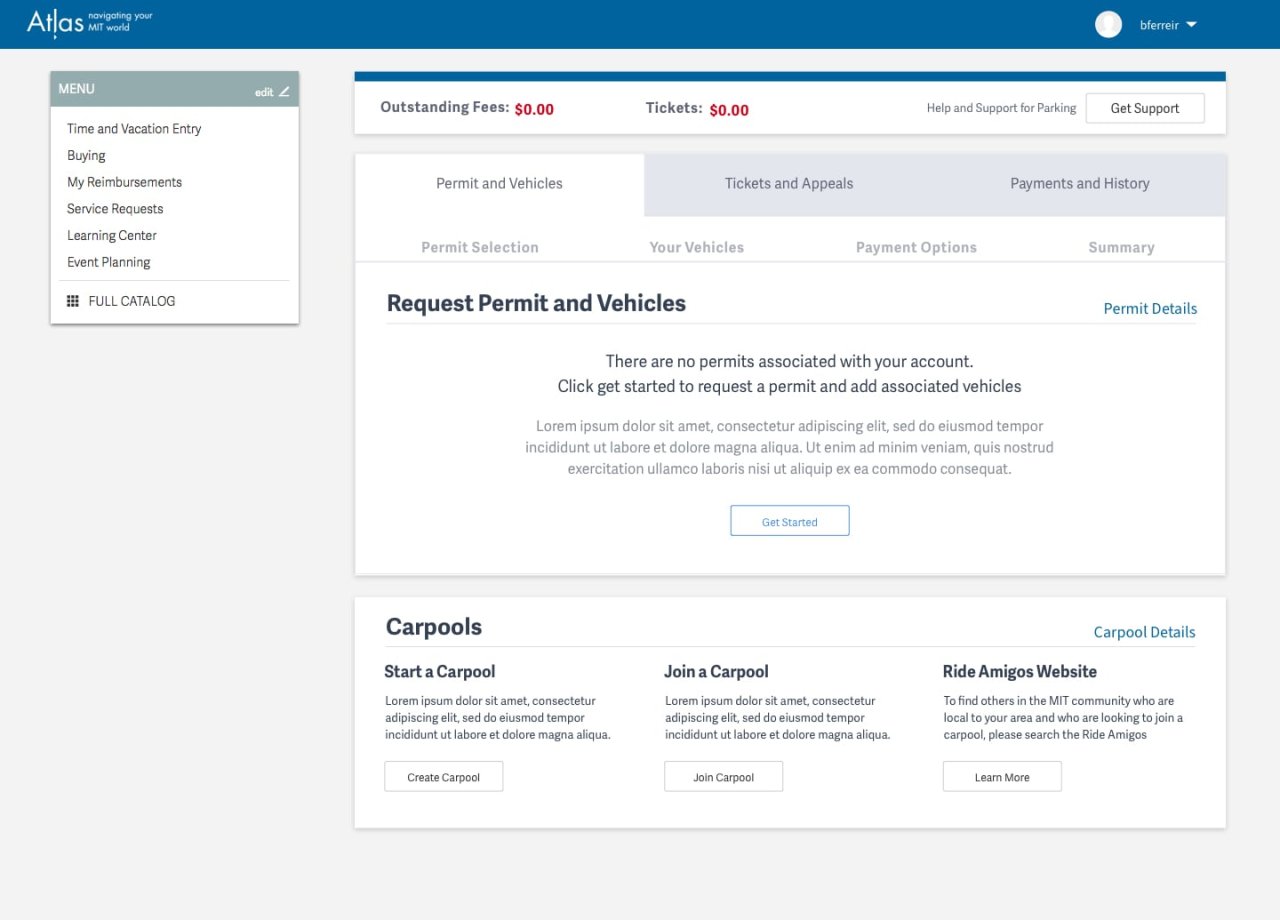
Job Stories for this theme
Customer Jobs
When I need to park at MIT, I want to easily learn about the process and cost of parking there, so I can quickly register and begin parking.
When I have questions about parking at MIT, I want to get answers fast, so I can make the right choice regarding parking at MIT.
When I encounter a parking problem or issue, I want to know how to resolve it quickly, so I can deal with it and resume my normal parking pattern.
Front-stage Jobs
When a customer needs guidance for parking at MIT, I want to make sure they receive the key steps to setting up parking, So I can focus more on serving their specific parking needs, rather than teaching them from scratch.
When I receive parking updates and changes relevant to the customers I serve, I want to make sure they receive it, so I can limit the likelihood that I’ll have to explain the change when a customer comes to me.
How will we measure success?
If we…
Reduce the amount of customer questions regarding where to start when setting up parking at MIT.
Increase the likelihood of customers self-servicing their own parking needs when customer make the choice to park on campus.
Minimize the likelihood of customers not knowing their options for parking, when first getting hired.
Minimize the likelihood of customers not being informed of parking policy changes, before they occur.
Tracked with Metrics like:
Time to learn/start
Amount of people self serving themselves
Ease of discovery
Theme 2: Getting to the Parking Tool and Driving Self-Service
What problem are we solving and why?
Problem: Customers are struggling to use our parking tool to purchase or renew parking permits successfully. Some customers can not even find it.
Once a customer at MIT learns about parking on campus, they then need to begin the process of registering. Theme 2 focuses on the journey to parking success. The self-service tool or parking tool is a crucial part of the process that must be improved. Currently, the path to the official self-service tool, AIMS 8.0, is buried in multiple locations thru out MIT’s digital experience. Organic search nets a 10th place placement within search results, while the majority of links send customers on a wild goose chase to find the tool. It has been observed that few customers know the location of the tool; this continues to be a significant issue for the teams managing the process.
When customers are directed to the tool, or they discover it, the experience is less than satisfying. The UI is poorly designed. It does not meet MIT expectations for ease of use, visual clarity, or function. AIMS as a tool has been observed to be confusing, with many customers being blocked in their progress in self-servicing their parking needs. Successful users often see aspects of the tool that are distracting. Customers who should not have access to the tool instead discover that they do not qualify for parking services past several log-in states and app actions.
Any digital solution for this tool must respect the situations customers face while meeting expectations of what can be accomplished by the customer if the customer does not have to appeal to the parking office in person.

Job Stories for this theme
Customer Jobs
When I choose to park on campus, I want to get a parking space that works for me, so I can get to work/class easily.
When I want to sign-up for parking, I want to get set-up fast, so I can focus on my job/work.
When I want to know how much parking costs me, I want to have access to the most relevant data, so I can understand what I owe.
When I encounter a parking problem or issue, I want to know how to resolve it quickly, so I can deal with it and resume my normal parking pattern.
Front-stage Jobs
When I receive parking updates and changes relevant to the customers I serve, I want to make sure they receive it, so I can limit the likelihood that I’ll have to explain the change when a customer comes to me.
When one of my customers does not wish to choose their own parking needs, I want to be able to fulfill their parking situation, so I can provide the customer with a solution when they need it.
Back-Stage Jobs
When a customer parks in the wrong spot, I want to make sure they understand the enforcement consequences and reason why it is wrong, so I can make sure the customer is less frustrated with the enforcement issue.
When I am managing department vehicles, I want to quickly add the vehicles to the parking system, so I can reduce my time managing parking for my department vehicles.
Before ↓
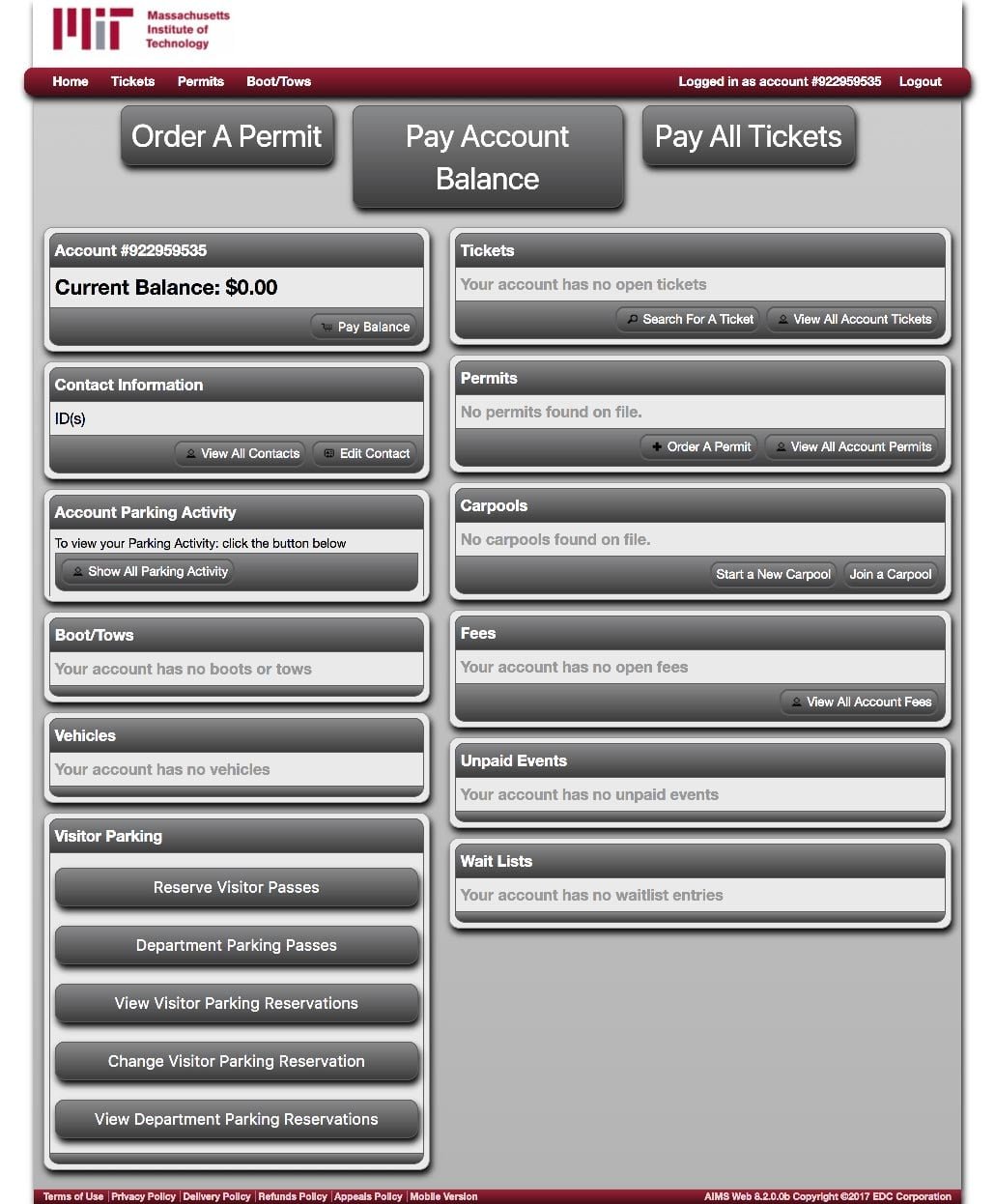
After ↓

How will we measure success?
If we…
Minimize the likelihood of a customer not being able to fulfill their own parking needs when they choose to park on campus.
Increase the likelihood of customers self-servicing their own parking needs when customer make the choice to park on campus.
Reduce the time to get successfully started parking on campus when the choice is made to get setup with parking.
Improve the transparency of the costs and charges associated with parking while customers use parking at MIT.
Tracked with Metrics like:
Success rate for self-service
Reduction in user issues from the tool
Ease of Discovery
Ease of use
Theme 3: Clarity, getting customers to switch to self-service, and clearing support for VIPs.
What problem are we solving and why?
Problem: Customers are confused about how to get their permits. MIT provided a tool for grants, but it gets put down in favor of a full service “do it for me” process. This clogs official and unofficial parking service channels with many issues that could be resolved by the customer instead. This takes away time from edge cases and VIP parkers.
Customers that do successfully order a permit may not be aware of the rules that the parking department enforces. Transparency in what the customers are getting, when they will get it, and what are the stipulations of the parking privileges they get need to be communicated. This transparency will drive confidence in the process, and help customers switch to a self-service model. This will clear up the workload for parking service employees to better serve edge cases and VIP needs.
Job Stories for this theme
Customer Jobs
When I choose to park on campus, I want to get a parking space that works for me, so I can get to work/class easily.
When I want to sign-up for parking, I want to get set-up fast, so I can focus on my job/work.
When I have questions about parking at MIT, I want to get answers fast, so I can make the right choice regarding parking at MIT.
When I encounter a parking problem or issue, I want to know how to resolve it quickly, so I can deal with it and resume my normal parking pattern.
Front-stage Jobs
When a customer needs guidance for parking at MIT, I want to make sure they receive the key steps to setting up parking, So I can focus more on serving their specific parking needs, rather than teaching them from scratch.
When one of my customers does not wish to choose their own parking needs, I want to be able to fulfill their parking situation, so I can provide the customer with a solution when they need it.
When a customer contacts me, I want to make sure their issue is the right problem to solve for, so I can focus on the most important customer issues first.
Back-Stage Jobs
When my team is managing parking issues, I want to better track what kind of issues we face, so I can learn what my customers need next.
How will we measure success?
If we…
Minimize the likelihood of a customer not being able to fulfill their own parking needs when they choose to park on campus.
Increase the likelihood of customers self-servicing their own parking needs when customer make the choice to park on campus.
Reduce the time to get successfully started parking on campus when the choice is made to get setup with parking.
Tracked with Metrics like:
Success rate for self-service
Reduction in user issues from the tool
Ease of Discovery
Ease of use
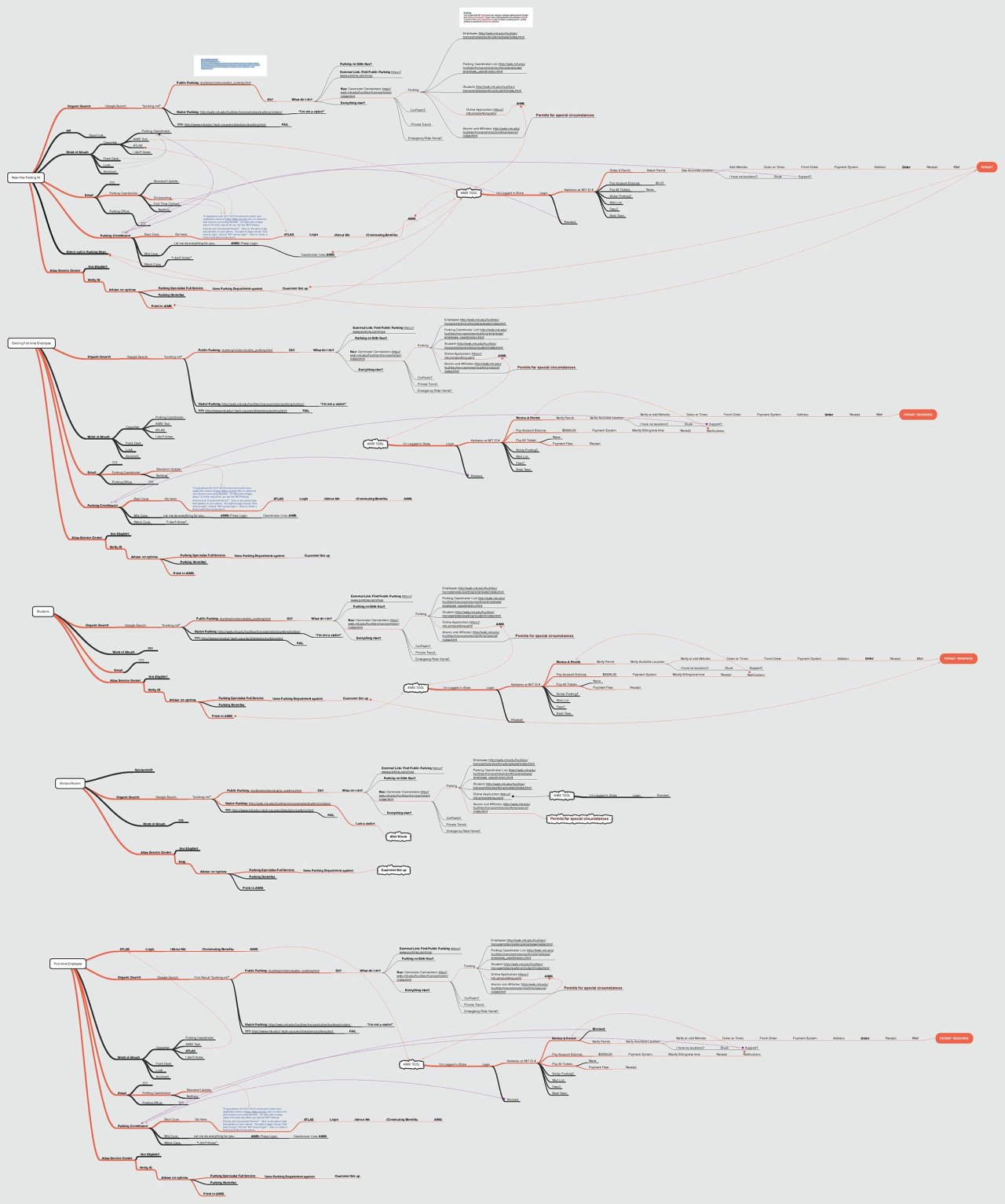
Results
Using these themes as a map to build from, I created several prototypes to test our ideas with. I also created a lot of documentation to help kickstart the shaping of improved processes and support the MIT parking team to meet the unmet needs of their customer base.
